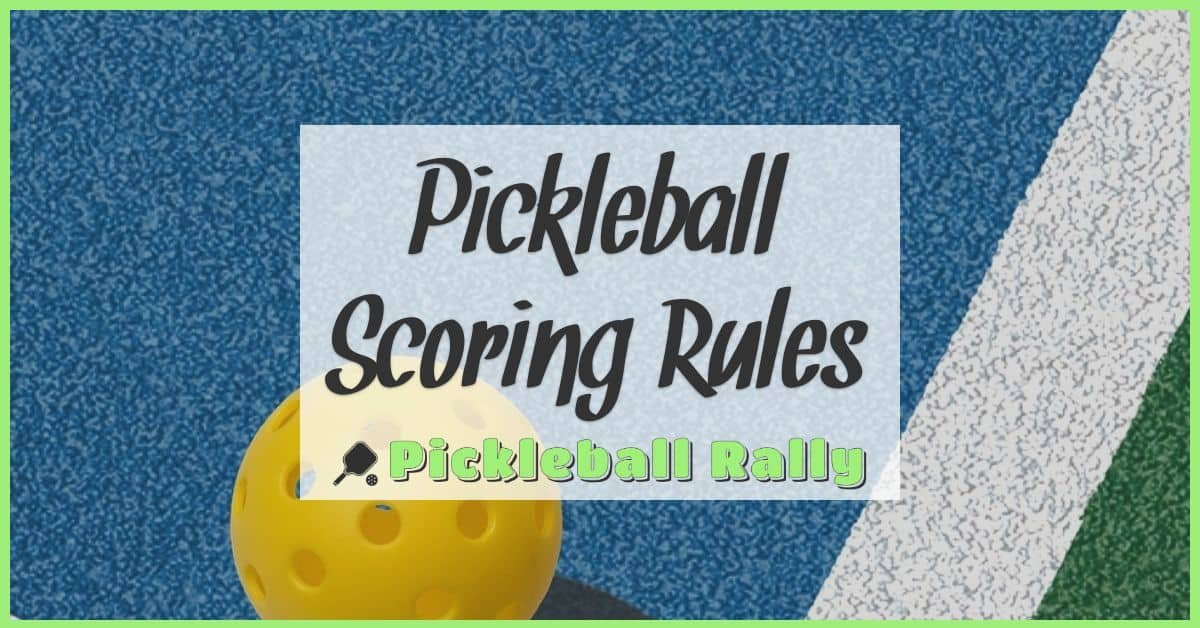Pickleball has taken the sports world by storm, and with its growing popularity comes the need to understand how players stack up against each other. That’s where DUPR rankings come in. They offer a clear way to measure skill levels and track progress, making the game more competitive and fun for everyone.
We’ve all wondered how those rankings work and what they really mean for players of all levels. By breaking down DUPR rankings, we can get a better grasp of how matches are scored and what it takes to climb the ladder. Whether you’re a beginner or a seasoned player, understanding this system can help us improve our game and enjoy pickleball even more.
What Is DUPR and Why It Matters in Pickleball
DUPR stands for Dynamic Universal Pickleball Rating. It provides a standardized way to measure our skill levels by analyzing match results across various formats, including singles, doubles, and mixed doubles. We see it as the most accurate system available because it considers the margin of victory and the strength of opponents rather than just wins and losses.
Understanding DUPR matters because it helps us track our progress objectively. Whether we’re beginners or seasoned players, the rating gives us a clear benchmark to improve against. Tournament organizers use it to create balanced brackets, ensuring competitive matches that challenge us without mismatches that can discourage.
Using DUPR also enhances training. Coaches and players can identify areas to focus on by comparing ratings in different match types. For example, a player might have a higher doubles rating but a lower singles rating, signaling a need to develop baseline skills or volleys.
Overall, DUPR fosters fair play, motivates improvement, and creates a more engaging pickleball community. Keeping an eye on our DUPR rating guides us in setting realistic goals and finding like-minded competitors at our level.
How DUPR Rankings Are Calculated
Understanding how DUPR rankings are calculated helps us grasp why they reflect skill levels so accurately. The system uses detailed player data and match outcomes to create dynamic, real-time ratings.
Player Performance Metrics
DUPR considers several performance metrics to measure each player’s skill. It tracks points won, errors made, and the margin of victory in each match. These metrics gauge consistency and control on the court, not just wins or losses. The system updates ratings after every match to reflect recent performance trends quickly.
Match Results and Opponent Strength
DUPR also weighs results based on opponent strength. Beating a higher-rated player boosts our rating more than beating a lower-rated one. Conversely, losing to a much lower-ranked player impacts the rating more significantly. This balance ensures that every match outcome contributes fairly. Incorporating opponent strength helps keep rankings dynamic and responsive to true skill changes across singles, doubles, and mixed doubles matches.
Benefits of Using DUPR for Pickleball Players
DUPR brings clear advantages for pickleball players by offering precise rankings that help us understand where we stand and how to improve. Its design supports fair competition and personal growth on the court.
Fair and Accurate Skill Assessment
DUPR delivers a reliable measure of skill by accounting for match results with detailed metrics like margin of victory and opponent strength. This approach avoids oversimplifying outcomes to just wins or losses. It updates our rankings dynamically after every match, reflecting our current playing level without delay. Since it considers various formats—singles, doubles, and mixed doubles—we get a complete picture of our abilities. This fair assessment keeps us motivated and confident that our ranks truly represent our skills.
Helping Players Find Suitable Competition
DUPR’s ratings help match us with opponents and partners at similar skill levels, making games more challenging and enjoyable. By grouping players fairly, it prevents mismatches that can lead to frustration or lack of competition. Whether we’re entering tournaments or casual play, DUPR guides us toward the right level to test ourselves effectively and grow. This system also helps organizers create balanced brackets, ensuring a better experience for all participants.
Comparing DUPR to Other Pickleball Ranking Systems
We often compare DUPR to other ranking systems like USA Pickleball and PPR (Professional Pickleball Registry). Each system ranks players based on match results, but how they calculate and update ratings differs significantly.
- DUPR dynamic updates: DUPR updates ratings after every match, reflecting recent performance instantly, unlike USA Pickleball, which updates rankings monthly.
- DUPR considers margin of victory: DUPR factors in margin of victory and opponent strength, giving a more nuanced skill assessment than systems relying solely on wins and losses.
- DUPR covers multiple formats: DUPR tracks singles, doubles, and mixed doubles in one combined rating, whereas some systems maintain separate rankings or focus more on singles.
- USA Pickleball’s regional focus: USA Pickleball rankings often depend on tournament participation within regions, which may limit the accuracy for players competing nationally or internationally.
- PPR’s platform: PPR uses a points-based system tied to tournament results, rewarding players who compete frequently but less sensitive to day-to-day performance changes.
By blending detailed match analytics with real-time updates, DUPR offers a more flexible and precise reflection of player skill. We find this particularly valuable when tracking improvement or preparing for competition at various levels. It helps us set more realistic goals and match with players who truly challenge our game.
Tips for Improving Your DUPR Ranking
Focus on consistency during every match to build a stronger DUPR rating. Playing regularly against a variety of opponents helps us adapt to different styles and challenges, boosting our overall skill set. Prioritize practice sessions that target specific weaknesses, such as volley accuracy, serve control, or footwork, to reduce errors that impact match outcomes.
Analyze match results carefully after each game, since understanding where we won or lost points guides more effective training. Schedule matches against higher-ranked players to gain experience and earn larger ranking increases when we perform well. Join local leagues and clubs offering diverse competitive play to expand our exposure and improve adaptability on the court.
Maintain physical fitness, as endurance and agility directly influence performance consistency. Use DUPR data to track progress over time and adjust training focus based on rating trends. Collaborate with coaches or experienced players to receive targeted feedback and strategic insights, which accelerate skill development.
Incorporate mental preparation techniques like visualization and stress management, ensuring confidence during high-pressure points. Participate in mixed doubles and doubles matches alongside singles play to develop versatile skills, since DUPR considers all formats in the rating. We enhance our DUPR ranking most effectively by combining deliberate practice, competitive variety, and strategic match play.
Conclusion
DUPR rankings have truly changed the way we understand and enjoy pickleball. They give us a clear, fair picture of our skills and help us find the right level of competition. By embracing this system, we can track our progress more accurately and set meaningful goals.
Whether we’re casual players or serious competitors, DUPR encourages us to keep improving and stay motivated. It’s not just about the numbers—it’s about growing as players and connecting with others who share our passion for the game.









